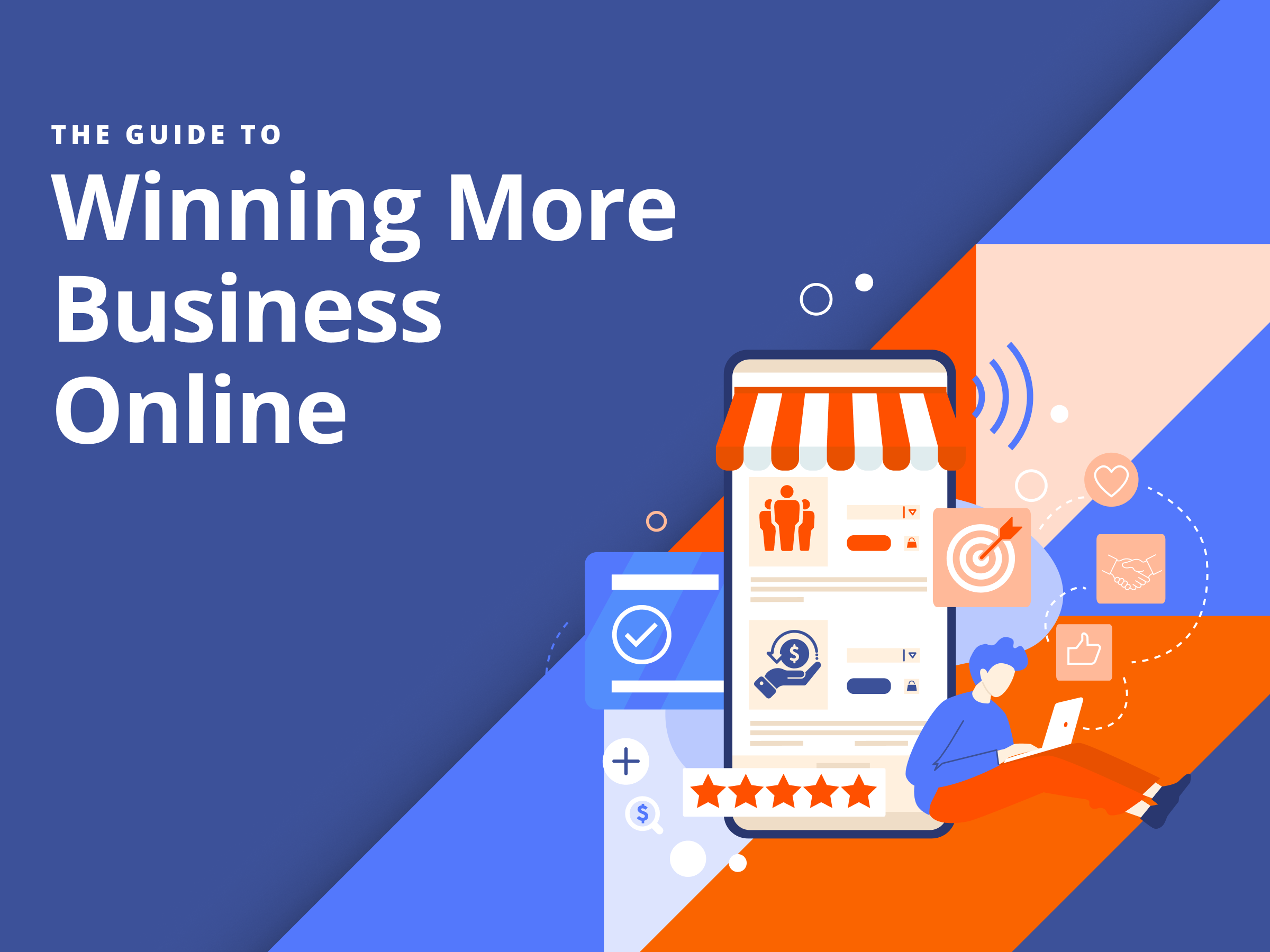Google announced in late June 2018 they were rebranding some services and combining others to make their advertising offerings simpler for marketers big and small. After 18 years, Google AdWords as you know it is no longer Google AdWords. Instead, you’ll come to know it as Google Ads.
Google Ads
The change from Google AdWords to Google Ads, as far as the experts can tell, is mostly a cosmetic branding choice. According to Google:
“…As the opportunity to engage consumers has grown and become more complex, we are simplifying our products for advertisers and publishers of all sizes so they can more easily reach consumers anywhere, at any moment and on any channel.”
They key phrase to pay attention to here is, “at any moment and on any channel.” To us, that screams “mobile” and “omni-channel.”
For years, Google AdWords made it clear (with their name and also with their instructions on how to create winning ads) that the smartest way you could use the tool involved choosing smart keywords that best served your advertising goals, and choosing the best ad customizations such that your ads showed up when consumers searched for businesses like yours online. And also for years, those searches happened on desktop computers.
These days, the advertising process is different. Now, consumers are searching on multiple devices, on the go, even by voice, before they’re ready to purchase whatever it is they’re searching for. So business owners aren’t just creating ads that cater to desktop searches, they’re building ads that fit multiple channels and situations.
Hence, “mobile” and “omni-channel.”
This isn’t exactly new for Google. In recent years, they’ve already added different types of ad formats to AdWords. While they still support text ads, over time they’ve added display and video (among other formats) across their platforms including Google Search, YouTube, Gmail, Maps and various other sites.
Google will no doubt continue to add to their advertising capabilities and services for small businesses. The recent name change is their way of catching up with the improvements they’ve already implemented and positioning themselves for the future.
Google Marketing Platform
It’s not just Google AdWords that’s changed. Ever heard of DoubleClick? What about Google Analytics 360?
These additional Google ad services catered more toward larger enterprises and advertising agencies. According to Google, they noticed that these clients in particular were already using things like DoubleClick and Analytics 360 together. So in an effort to make life a bit easier, and make their products more user friendly, they combined them under a new brand name, Google Marketing Platform.
Dan Taylor, managing director of platforms at Google said:
“Marketers have an increasing need to work across teams…and making that possible is both an organizational and technology challenge…We had built integrations between analytics and the creative planning and buying products, but now that will be much easier.”
With this second rebrand, Google’s larger ad clients will be able to use analytics tools to both measure their campaigns and optimize them accordingly, without having to switch from tool to tool.
Implications for Small Business
Whether you use Google Ads as a pay-per-click (PPC) advertising method or not, we see another implication from these recent changes. With this rebrand, Google is publicly acknowledging something small business owners have known for a while: There are so many tools, services, and software options out there, managing them all can become a pretty miserable juggling act.
Similarly to Google’s Marketing Platform, business automation software makes integrating your lead generating efforts with your analytics and engagement marketing seamless, since you can do it all from one screen, instead of several.
Curious about business automation and want to learn more about what Thryv does? Check out Thryv today.

The Guide to Winning
More Business Online
We’ll show you how to land more customers with a better website and online presence in this free ebook.





